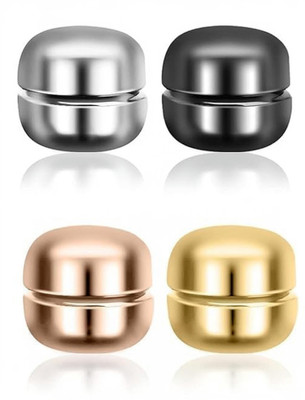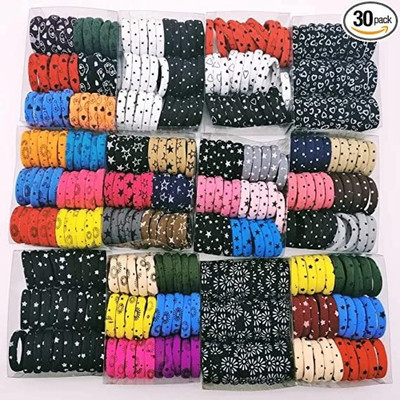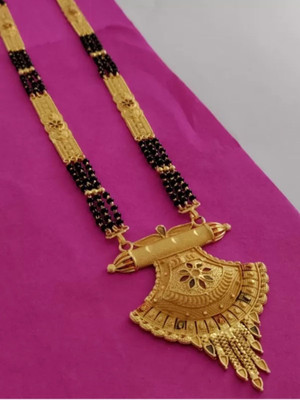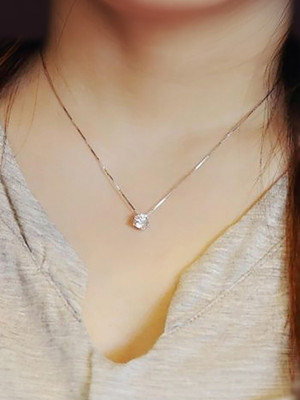
Jet International Brass Double Dorje 1.25 inch Tibetan Nepal Vajra Carving Deity Dagger Pendant Brass Pendant
Price: Not Available
Currently Unavailable
Highlights
- Brand Certification Certified
- For Women, Girls, Men, Boys
- Material: Brass
- Collection: Contemporary
Description
Top Quality A Grade Natural 1.25 inch Brass Double Dorje Tibetan Approx. 8 - 10 grams Nepal Vajra Carving Kila. Free 40 Pages Booklet Jet International Crystal Therapy Approx 1.25 inch long * 1.25 inch * 1.5 cm. Kindly note that since all our products are handcrafted and carved there always exist slight deviation in size, shape, color, looks compared to the image shown here. However the Healing Qualities and Metaphysical Properties are EXCELLENT. The earliest mention of the Vajra is in the Rigveda, a part of four Vedas. It is described as the weapon of Indra, the god of heaven and the chief deity of the Rigvedic pantheon. Indra is described as using the Vajra to kill sinners and ignorant persons. The Rigveda states that the weapon was made for Indra by Tvastar, the maker of divine instruments. In the tantric traditions of Buddhism, the vajra is a symbol for the nature of reality, or sunyata, indicating endless creativity, potency, and skillful activity. The term is employed extensively in tantric literature: the term for the spiritual teacher is the vajracarya; instead of bodhisattva, we have vajrasattva, and so on. The practice of prefixing terms, names, places, and so on by vajra represents the conscious attempt to recognize the transcendental aspect of all phenomena; An instrument symbolizing vajra is also extensively used in the rituals of the tantra. It consists of a spherical central section, with two symmetrical sets of five prongs, which arc out from lotus blooms on either side of the sphere and come to a point at two points equidistant from the centre, thus giving it the appearance of a "diamond sceptre", which is how the term is sometimes translated. Various figures in Tantric iconography are represented holding or wielding the vajra. Three of the most famous of these are Vajrasattva, Vajrapani, and Padmasambhava. Vajrasattva (lit. vajra-being) holds the vajra, in his right hand, to his heart. The figure of the Wrathful Vajrapani (lit. vajra in the hand) brandishes the vajra, in his right hand, above his head. Padmasambhava holds the vajra above his right knee in his right hand.
Read More
Specifications
General
| Brand |
|
| Base Material |
|
| Color |
|
| Model Number |
|
| Model Name |
|
| Certification |
|
| Occasion |
|
| Chain Included |
|
| Collection |
|
| Brand Color |
|
| Ideal For |
|
Product Details
| Type |
|
Be the first to ask about this product
Safe and Secure Payments.Easy returns.100% Authentic products.
Back to top











